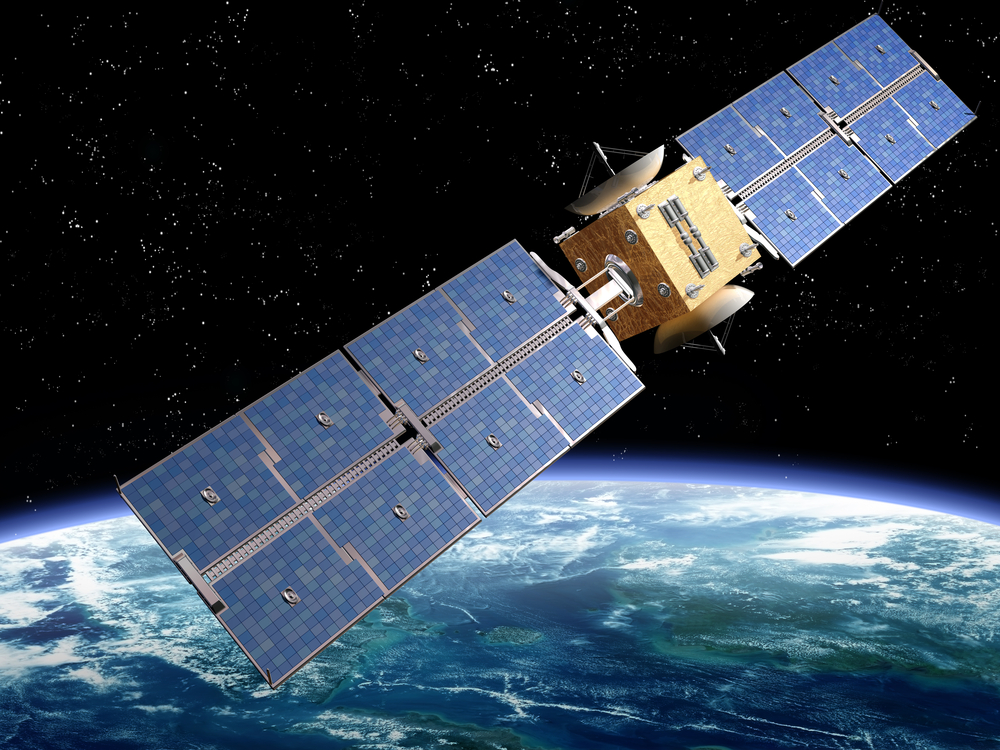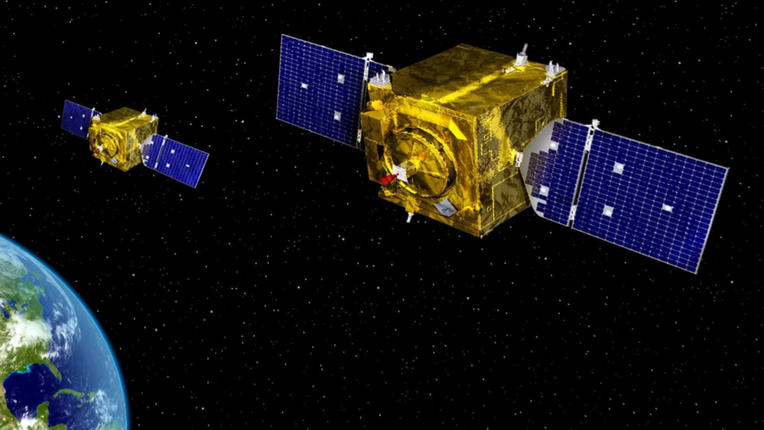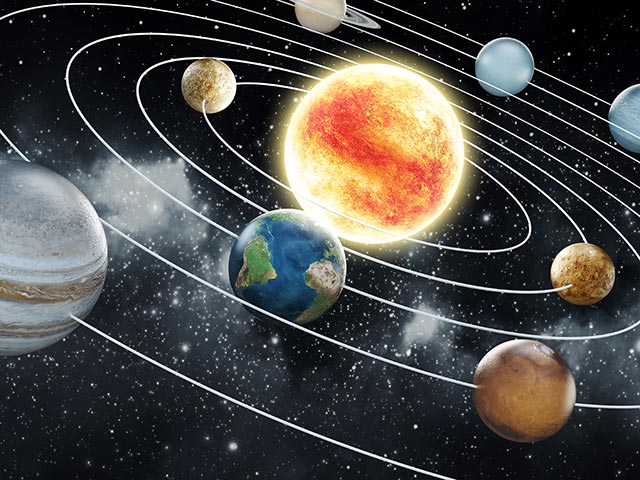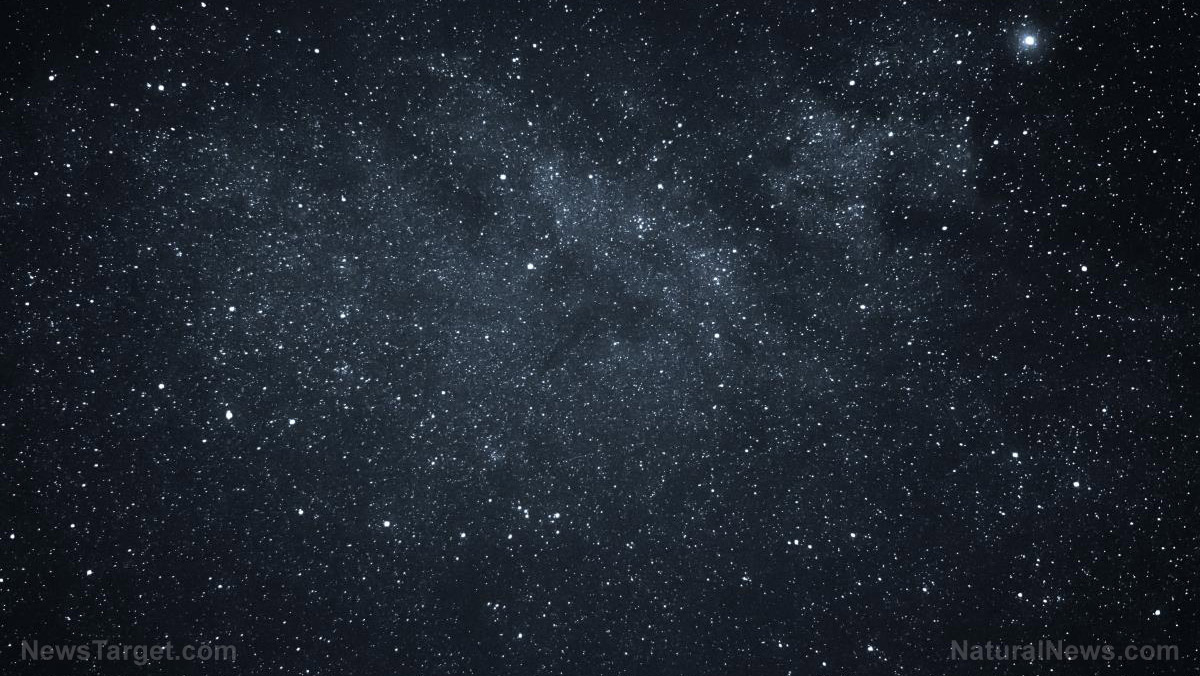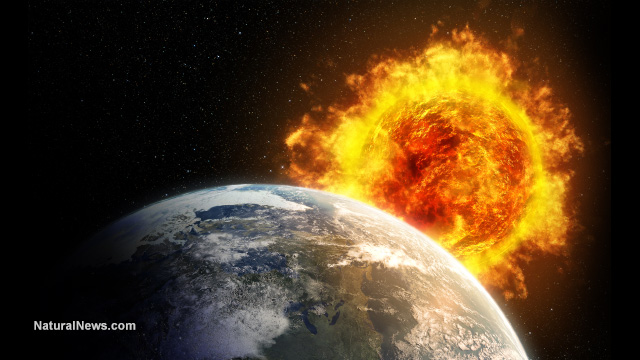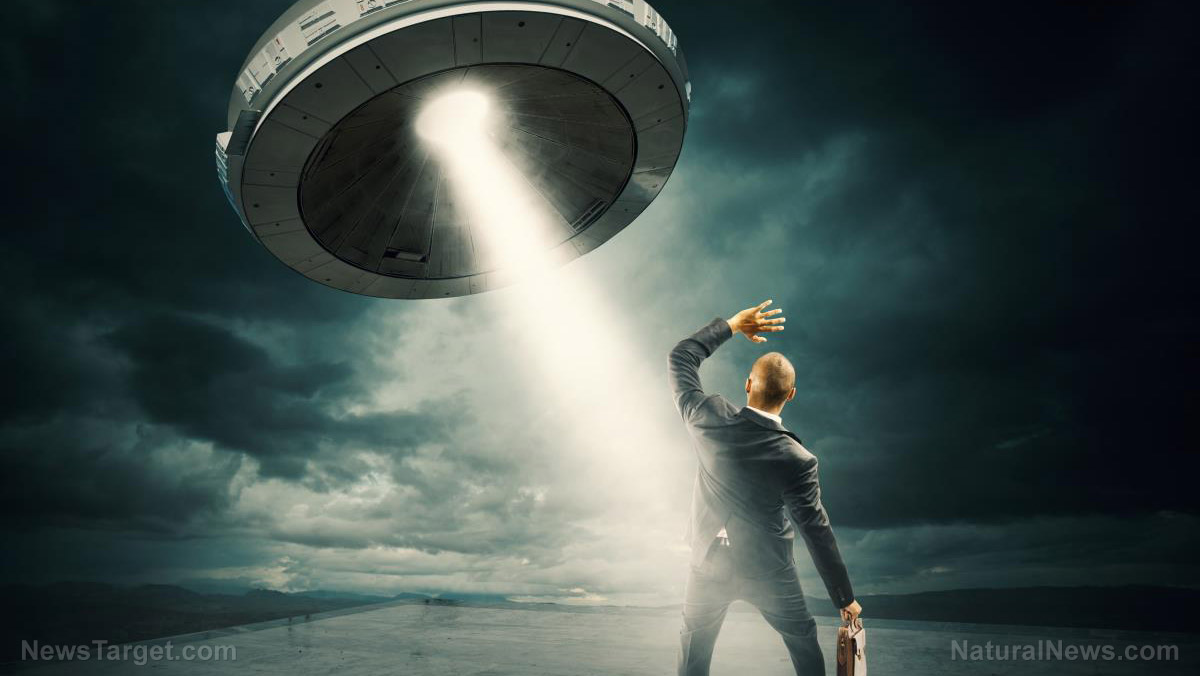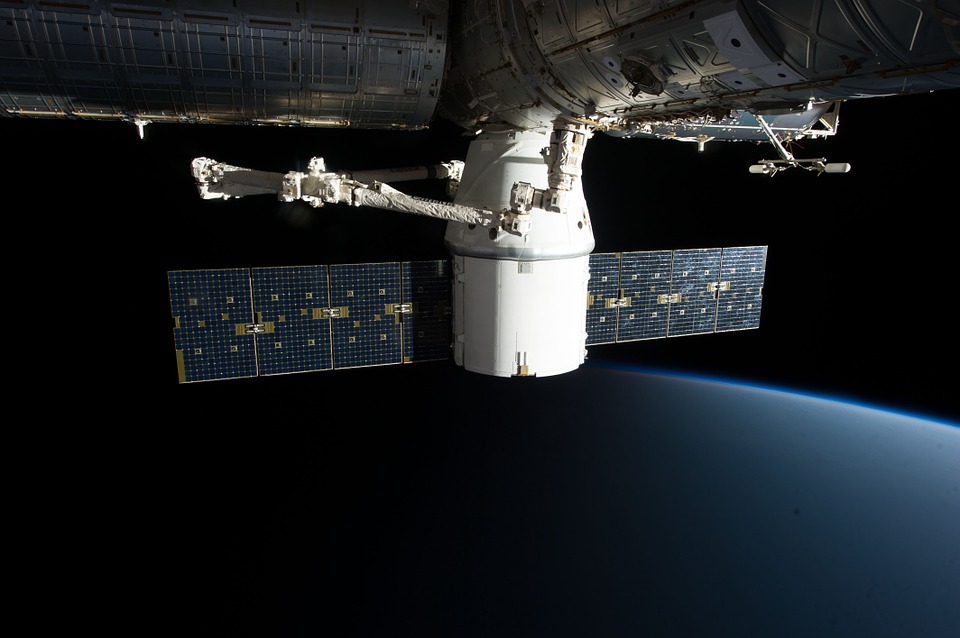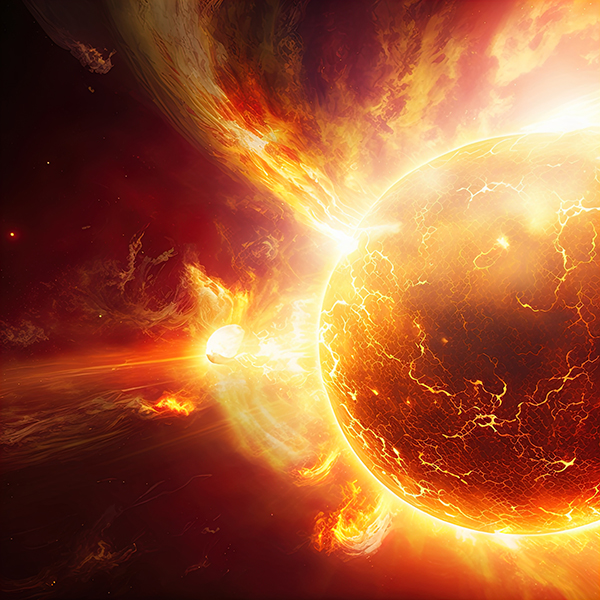US Naval Research Lab begins first laser energy test in space
03/23/2023 / By Kevin Hughes
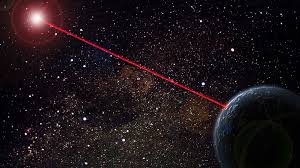
The U.S. Naval Research Laboratory (NRL) has commenced its first laser energy test in space, bringing the prospect of a laser energy beam fired from space closer to reality.
A bureau statement confirmed that the NRL had begun the Space Wireless Energy Laser Link (SWELL) on March 14. The test exhibiting laser power beaming was part of the Department of Defense‘s scheduled Space Test Program H9 mission to the International Space Station (ISS). (Related: NRL successfully transmits electrical energy using microwave technology.)
Launched aboard the SpaceX Dragon cargo vehicle to the ISS, the SWELL test will “collect data during a laser power beaming link in space conditions.” SWELL is one of several experiments aboard the SpaceX Dragon vehicle. The cargo capsule brought the NRL’s SWELL to the ISS; scientists will then try to set up an optical link between laser transmitters and receivers inside a 1.7-meter-long tube.
As per the statement, power beaming is a way to send energy in the form of electromagnetic waves that do not need transporting mass beside them. This enables energy to be sent almost immediately. Power beaming has been proven viable on the ground, and this test will determine its viability in space.
Moreover, the SWELL experiment will investigate the practical applications and challenges of power beaming. It will also examine its potential to address energy challenges on Earth.
“With this modest experiment, we will identify key focus areas for developing links of greater power and longer distance for space,” said SWELL principal investigator and electronics engineer Paul Jaffe. “By employing laser transmitters and photovoltaic receivers, power beaming links will be established that will pave the way for rapid, resilient and flexible energy delivery systems.”
SWELL could open up possibilities for moon exploration
The yearly SWELL experiment could provide data showing how the hardware works in a space environment and the probable restrictions to affect its future operating system deployments. It could also become a compelling option for the employment of lunar resources and development on the moon with the need for fuel, batteries, or for stringing wires being eliminated.
“Power beaming might also be used for distributing power for and around Earth, including from satellites that collect solar energy in space. SWELL is the next step into this new frontier,” Jaffe said.
Chris DePuma, SWELL’s program manager, described the experiment as “the next step in extending this capability for space, lunar and planetary applications.” He added that power beaming is a crucial facilitator for power distribution on the moon and elsewhere in space.
The test is an improvement of laser radiation technology that transmits energy in the form of electromagnetic waves without mass. The lack of mass factor could allow the use of electromagnetic waves to send energy at almost the speed of light.
Ultimately, the SWELL experiment could lead to applications that involve transmitting power from a satellite to space, sending energy from space generators back to Earth, or aiding missions exploring permanently shadowed craters on the moon. Energy radiation could someday be employed to launch spacecraft at record speeds to explore interstellar space.
Thus far, no display of energy transfer in orbit has tested the capability to transfer energy over a distance of more than a meter with an end-to-end efficiency of more than one percent.
Follow Power.news for more news about energy systems.
Watch this video of SpaceX’s Falcon 9 rocket with a Dragon cargo capsule being launched back in 2020.
This video is from the Un-Censored channel on Brighteon.com.
More related stories:
To infinity and beyond: Space-based solar power eyed for cleaner energy.
Solar power 24/7: China plans to build first solar power station in space and beam power to Earth.
Pentagon’s solar panel in space could one day supply electricity to any place on Earth.
Sources include:
Submit a correction >>
Tagged Under:
big government, energy supply, energy systems, future science, future tech, laser beam, moon exploration, Naval Research Laboratory, power, power beaming, power grid, research, space exploration, space laser, Space Wireless Energy Laser Link, SWELL experiment
This article may contain statements that reflect the opinion of the author
RECENT NEWS & ARTICLES
COPYRIGHT © 2017 SPACE.COM
All content posted on this site is protected under Free Speech. Space.com is not responsible for content written by contributing authors. The information on this site is provided for educational and entertainment purposes only. It is not intended as a substitute for professional advice of any kind. Space.com assumes no responsibility for the use or misuse of this material. All trademarks, registered trademarks and service marks mentioned on this site are the property of their respective owners.

